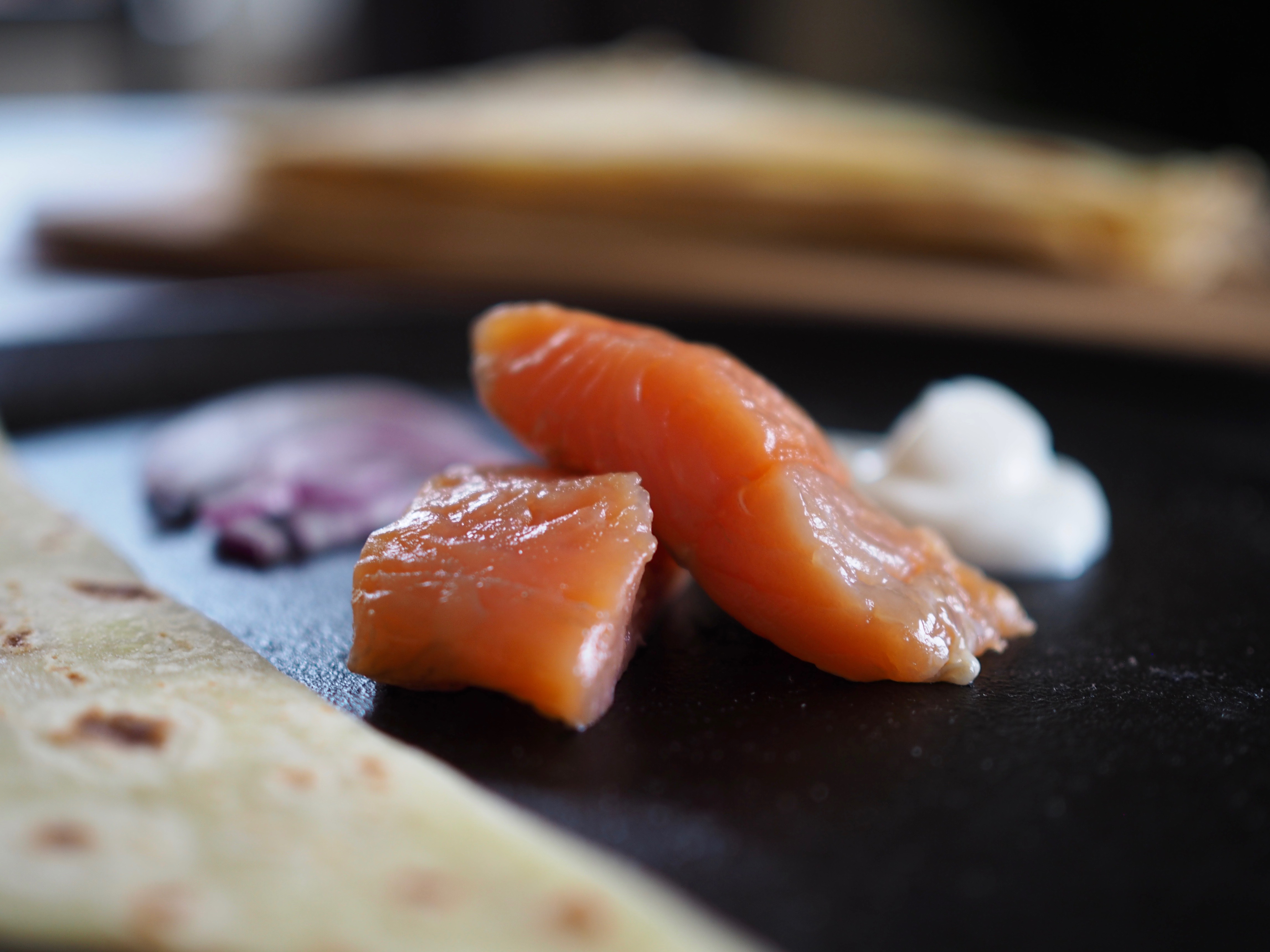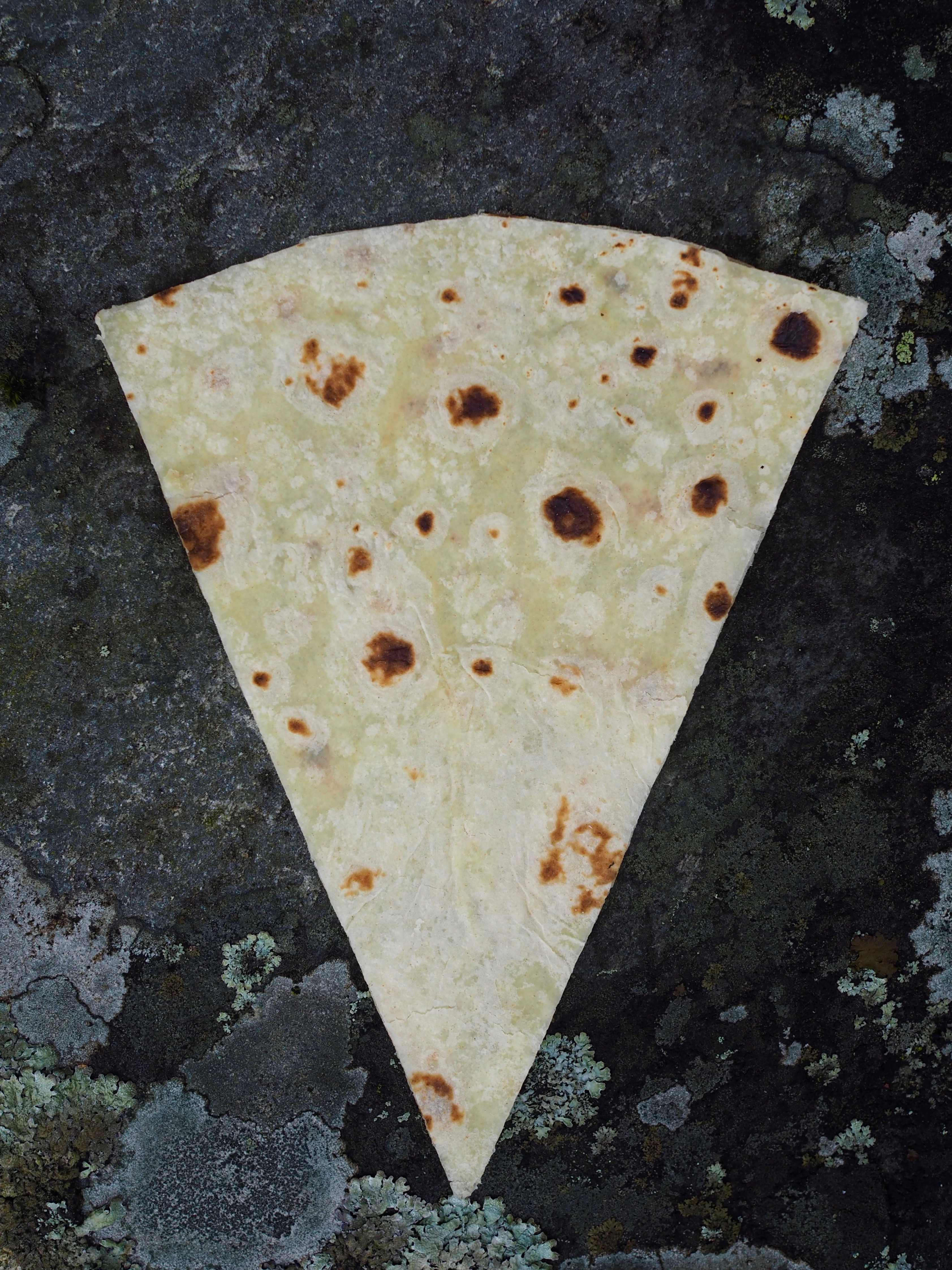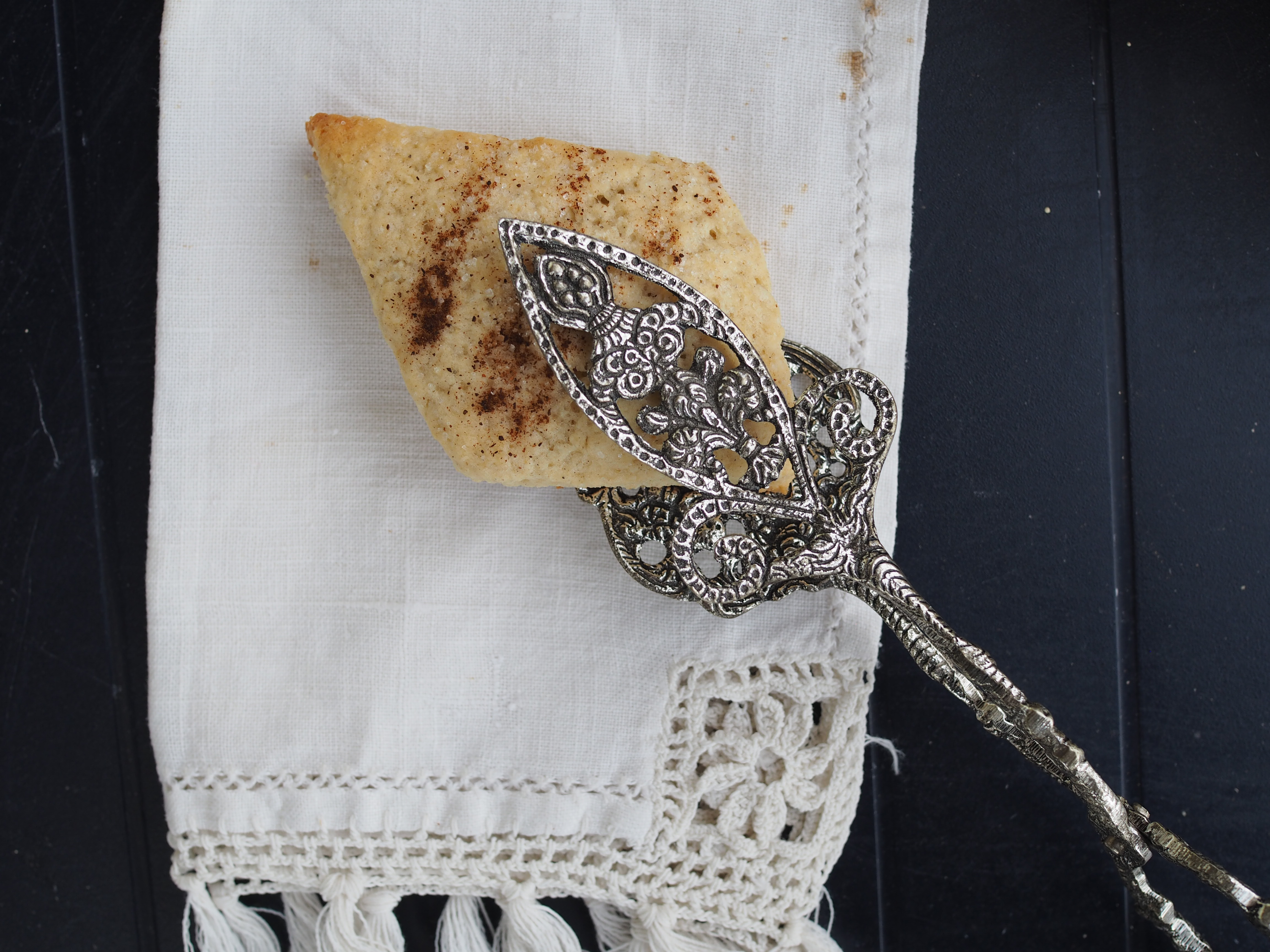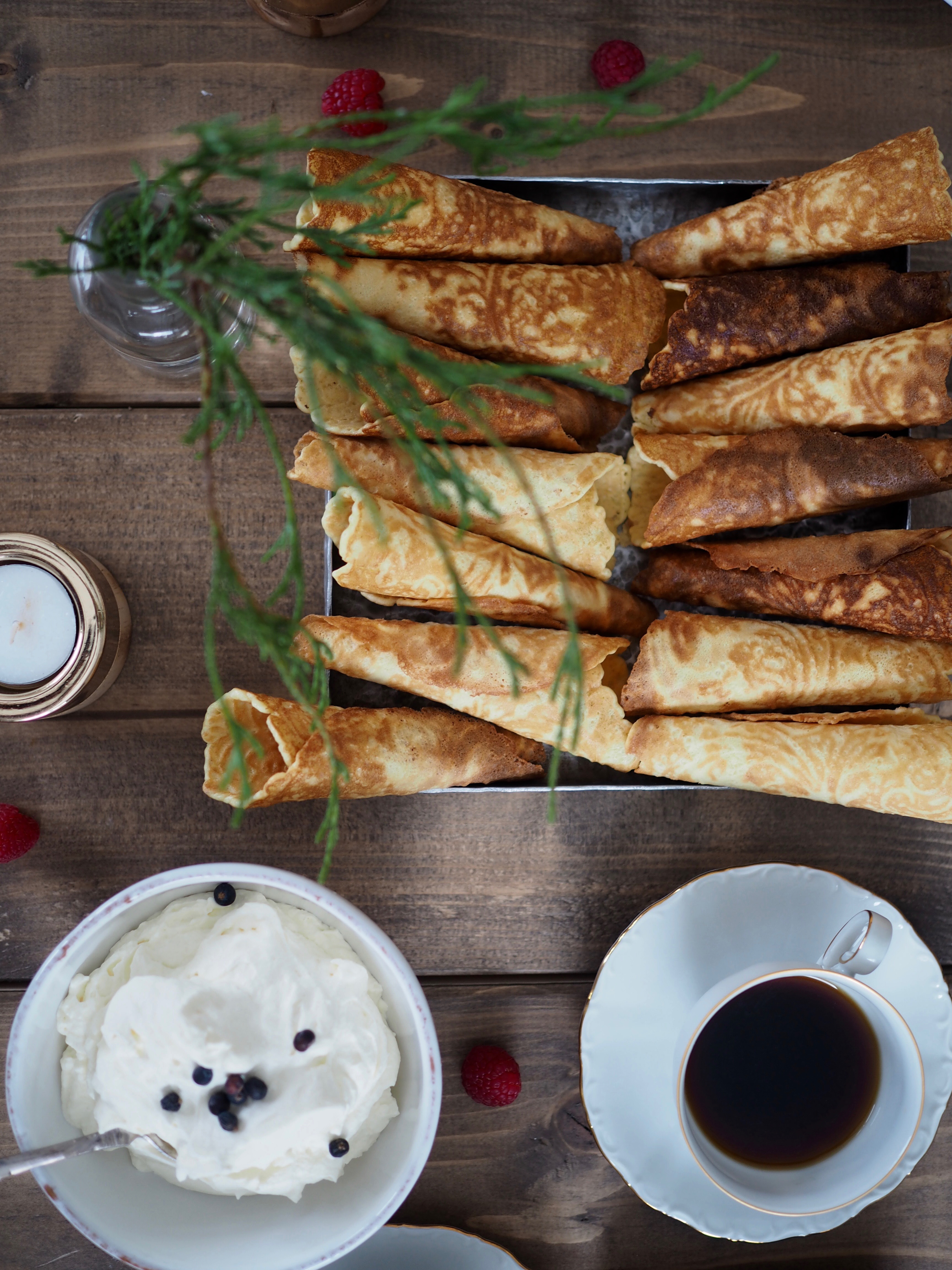

Centuries ago, a group of fishermen mounted their horses early in the autumn and began their trek deep into the mountains of Norway. Lakes abounding, the fishermen spent their days in much success. Preservation of the bounty would have included much salt, but to their dismay they had not brought enough on this journey. They used all they had with nothing left to spare. They began their long journey back down the mountain in the hope that the fish would still be preserved. Days turned into weeks and the fish began to ferment. Upon returning home, and in anticipation that the fish had not gone to waste, the fisherman discovered something quite unusual. The fish had gone through a process in which had preserved it in a different way. They had stumbled upon something so delightful that it took hold and became a traditional delicacy across the land.
This is the story I am told when asked how rakfisk came to be. A legend? Most certainly. But what we do know is that the process of fermentation has been known and popular across the world for thousands of years. Whether tales of accidental fermentation are true or not, is it certain that once the method of fermenting fish arrived in Norway, it became a significant part of the diet and an old tradition which is still upheld today. In fact, rakfisk is considered one of the most culturally important and iconic Norwegian recipes. And while many will never have the opportunity to make it themselves, this is certainly a dish you should try at least once. (more…)



 My second visit to
My second visit to 


 My sister recently collated and copied my Great Grandmother’s recipes as gifts for the whole family. Reading through the recipes brought back so many wonderful memories. Her cookies were always a highlight of our holiday traditions. Cookies that, today, seem classical and perhaps a bit vintage. Something our grandmother grew up with and baked for us in our childhood, but we rarely, if ever, bake in our own kitchens.
My sister recently collated and copied my Great Grandmother’s recipes as gifts for the whole family. Reading through the recipes brought back so many wonderful memories. Her cookies were always a highlight of our holiday traditions. Cookies that, today, seem classical and perhaps a bit vintage. Something our grandmother grew up with and baked for us in our childhood, but we rarely, if ever, bake in our own kitchens.



